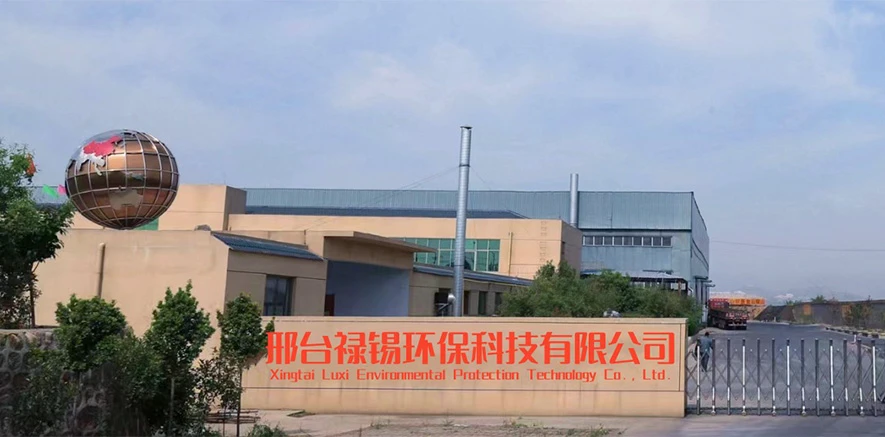Nov . 23, 2024 04:16 Back to list
castable refractory material exporters
Exploring the Global Market for Castable Refractory Materials
Castable refractory materials play a pivotal role in various industries, particularly those involving high-temperature processes such as metallurgy, ceramics, and cement production. Unlike traditional refractory bricks, castable refractories can be molded into specific shapes and sizes, making them versatile and adaptable to different applications. This article explores the landscape of castable refractory material exporters, highlighting their significance, trends, and the competitive dynamics of the global market.
What are Castable Refractory Materials?
Castable refractory materials are composed of aggregates, bonding agents, and additives that provide resilience against extreme temperatures and thermal shock. They are mixed with water to form a slurry, which can then be poured or cast into molds to create components for kilns, furnaces, flues, and other industrial equipment. Their ability to withstand high temperatures—often exceeding 1,300 degrees Celsius—makes them suitable for both structural and thermal insulation applications.
The Growing Demand
The demand for castable refractory materials is on the rise, driven by the expanding industrial sector, particularly in emerging economies. As countries industrialize, the need for efficient and reliable materials that can withstand high thermal loads becomes critical. Industries such as iron and steel, glass, and petrochemicals are major consumers of castable refractories, leveraging these materials to enhance the efficiency and lifespan of their systems.
Export Dynamics
The global market for castable refractory materials has seen a notable increase in exporters, with countries like China, the United States, India, and several European nations playing significant roles. These exporters not only cater to domestic needs but also target international markets, capitalizing on the growing demand for high-quality refractories abroad.
Chinese exporters have dominated the market in recent years, primarily due to their ability to produce castable refractories at competitive prices. However, quality remains a crucial factor, leading many international buyers to seek products from manufacturers with established reputations for reliability and performance. As a result, exporters from countries like the USA and Germany have found niches by focusing on high-quality, specialized refractory products.
castable refractory material exporters

Trends and Innovations
Innovation in refractory technology continues to shape the competitive landscape. Manufacturers are investing in research and development to create castable refractories that offer improved thermal resistance, reduced thermal conductivity, and enhanced durability. Additionally, the introduction of new additives and binder systems aims to improve the performance characteristics of these materials in various industrial processes.
Sustainability is also becoming a focal point for exporters. With increasing awareness of environmental issues, manufacturers are exploring eco-friendly materials and processes that reduce carbon footprints. This trend is not only responding to regulatory pressures but also appealing to environmentally conscious consumers.
Challenges Ahead
Despite the positive outlook, the export market for castable refractory materials faces several challenges. Fluctuations in raw material prices can affect production costs, and trade tariffs may pose hurdles for international transactions. Moreover, competition is intensifying as new players enter the market, further pressuring pricing strategies.
To navigate these challenges, exporters must focus on building robust relationships with clients, emphasizing quality and service. Establishing a reputation for reliability and performance can significantly enhance market presence.
Conclusion
The global market for castable refractory materials presents significant opportunities for exporters, driven by increasing industrialization and technological advancements. As industries continue to demand more efficient and durable materials, the importance of high-quality castables will only grow. Exporters that adapt to market trends, prioritize innovation, and focus on sustainability are likely to thrive in this dynamic environment, positioning themselves as leaders in the refractory marketplace. The future holds promise for those who remain agile and responsive to the ever-evolving needs of the industry.
-
Eco-Friendly Granule Covering Agent | Dust & Caking Control
NewsAug.06,2025
-
Fe-C Composite Pellets for BOF: High-Efficiency & Cost-Saving
NewsAug.05,2025
-
Premium Tundish Covering Agents Exporters | High Purity
NewsAug.04,2025
-
Fe-C Composite Pellets for BOF | Efficient & Economical
NewsAug.03,2025
-
Top Tundish Covering Agent Exporters | Premium Quality Solutions
NewsAug.02,2025
-
First Bauxite Exporters | AI-Optimized Supply
NewsAug.01,2025
